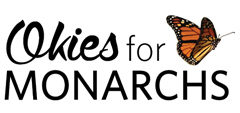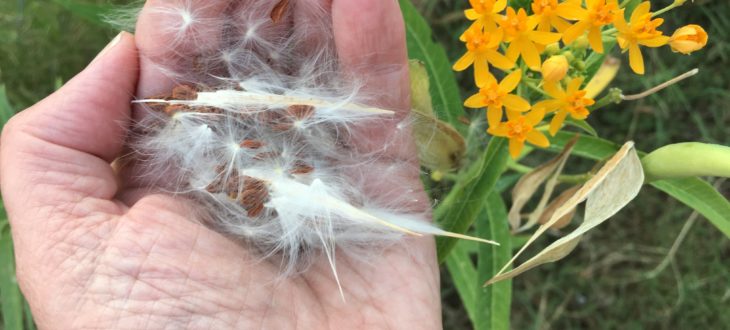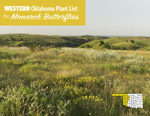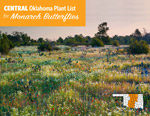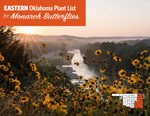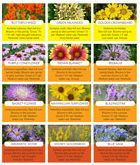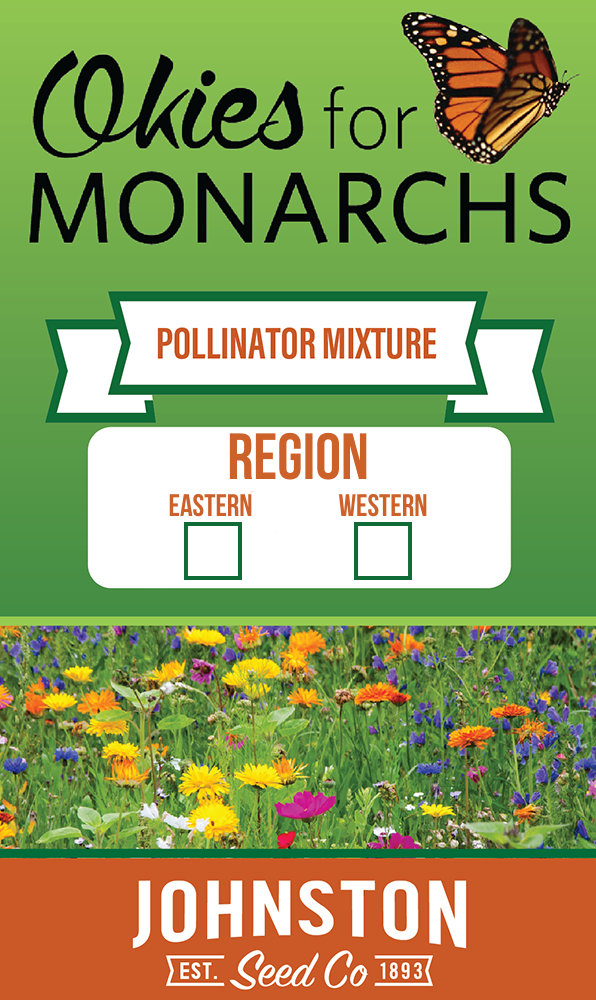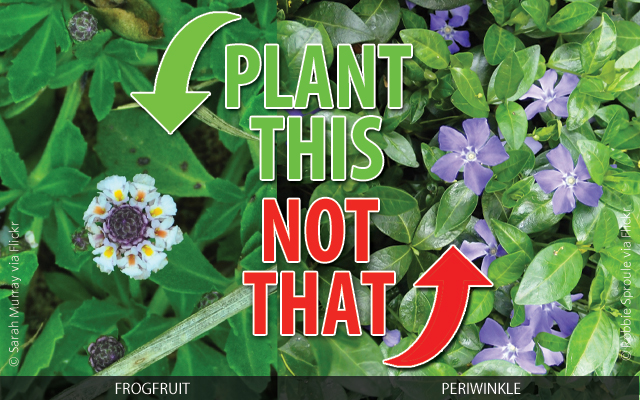Milkweed
For optimum Monarch habitat, plant at least 10 milkweed plants, made up of two or more species, and several annual, biennial, or perennial plants that are in bloom sequentially or continuously during spring, summer and fall.
Milkweed is the monarch’s host plant, and thus it is a must for a monarch garden. Monarch butterflies only lay their eggs on milkweeds and this is the only type of plant the caterpillars will eat. It is best to plant at least 10 milkweed plants of two or more species per 100 square feet. Remember monarch caterpillars eat milkweed so your milkweed might be eaten down to just a stem. That means you made a caterpillar very happy!
Nectar Plants
Monarchs also need flower power. Monarch butterflies feed on nectar. Select a variety of flowering plants with different bloom times, so that nectar is available from March through October.
Native plants are best. They require the least maintenance and are also beneficial to other types of native pollinators that are in decline. Many native plants are also perennials that will come back year after year. It’s also OK to plant non-native nectar plants. Single-flowered varieties are best for butterflies.
Most importantly, only purchase plants from nurseries that do not use systemic insecticides or any other pesticides on their plants. These plants can be harmful to pollinators, including monarchs, and their caterpillars.
Plugs Versus Seeds: For small gardens, plant plugs (plants that have germinated and are ready for planting) for best and fastest results. In larger areas, seed mixes and milkweed seeds may be more cost-effective. Planting a combination of plugs and seeds is helpful for establishing beneficial habitat more quickly in these areas.
Regional Plant Lists
Check out these handy regional plant lists for monarch butterflies geared towards the various types of soil and climate in Oklahoma. Each list contains 70+ nectar and milkweed plants specific to each region. Click the image or button to download.
Where to Buy
Search where to buy milkweed and native nectar plants throughout Oklahoma.
What NOT to Plant
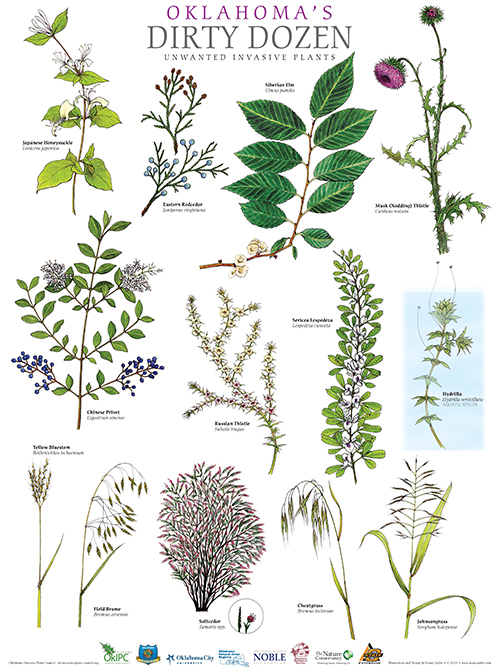 Avoid planting or allowing invasive plants to thrive on your property. They harm Oklahoma’s native plants and trees that support our wildlife by competing for food and space with other species and interfering with their growth, reproduction, and development. The Oklahoma Invasive Plant Council developed "Oklahoma's Dirty Dozen" poster to illustrate invasive species that are found throughout the state and cause harm both economically and ecologically.
Avoid planting or allowing invasive plants to thrive on your property. They harm Oklahoma’s native plants and trees that support our wildlife by competing for food and space with other species and interfering with their growth, reproduction, and development. The Oklahoma Invasive Plant Council developed "Oklahoma's Dirty Dozen" poster to illustrate invasive species that are found throughout the state and cause harm both economically and ecologically.
How to Avoid Complaints
Often times, others mistake native wildflowers for weeds and don't understand the purpose of your garden. What can you do to ensure success in avoiding complaints from your municipality, HOA or neighbors?
